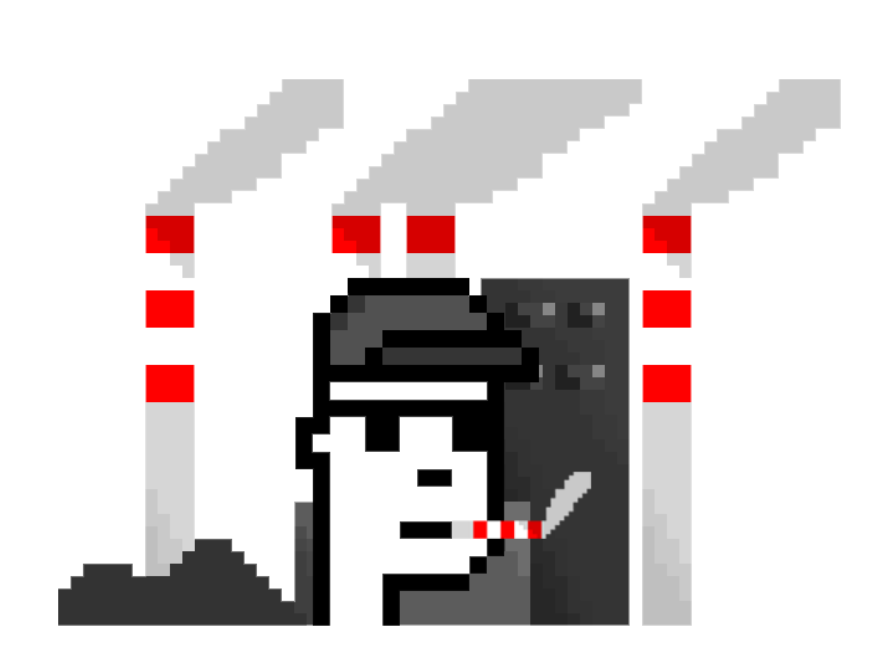Hammer
2014 - Sculpture (Sculpture)
Dim. approx. 9cm, height 35cm
Oscar Tuazon
Oscar Tuazon‘s sculptural oeuvre is situated at the border of art, architecture and technology. Engaging different methods of construction, he frequently uses wood, concrete, glass, steel, and piping as materials to create his structures and installations. Tuazon’s works have roots in minimalism, conceptualism, and architecture, and have a direct relationship with both the site in which they are presented, as well as with their viewer, often through physical engagement. They maintain an improvised, precarious quality that draws upon his long-standing interest in how the built environment is redefined and redesigned by the act of inhabitation. In the series Hammer , the loss of functionality of the chisels molded into concrete cylinders gives form to a sculptural object with a new practicality that can be read in light of its title.
Colors:
Related works sharing similar palette
» see more

© » KADIST
Daniel Keller
2013To make the video installation Soft Staycation (Gaze Track Edit) , the artist, playing the role of ‘job creator’, hired a group of unemployed and expat freelancers through Craigslist to watch a 30 minute compilation of national tourism ads...
Related artist(s) to: Oscar Tuazon » Alexandre Singh, » Camille Henrot, » Cyprien Gaillard, » Matias Faldbakken, » Kunsthalle Bern, » Nicolas Milhé, » Seth Price, » Wade Guyton, » Alicja Kwade, » Anri Sala
» see more

© » KADIST
Wade Guyton
2016This untitled print by Wade Guyton depicts an iteration of elements that are characteristic of the artist’s work...
Related works found in the same semantic group
» see more

© » KADIST
Didem Pekün
2018The black-and-white projection, Araf by Didem Pekün, begins, as a lithe man stands high up in the middle of the grand, rebuilt 16th-century Ottoman bridge in Mostar, in Bosnia and Herzegovina...

© » KADIST
Geof Oppenheimer
2011Designed as an installation timed spent is determined by the viewer, as with classical sculpture, Anthems is a piece that is in place, and in time, and an important genre of video within the collection...

© » KADIST
Phillip Maisel
2015While his works can function as abstract, they are very much rooted in physicality and the possibilities that are inherent in the materials themselves...

© » KADIST
Mohamed Bourouissa
2008Temps Mort is the result of one year of mobile phone exchanges of still images and videos between the artist and a person incarcerated in prison...





